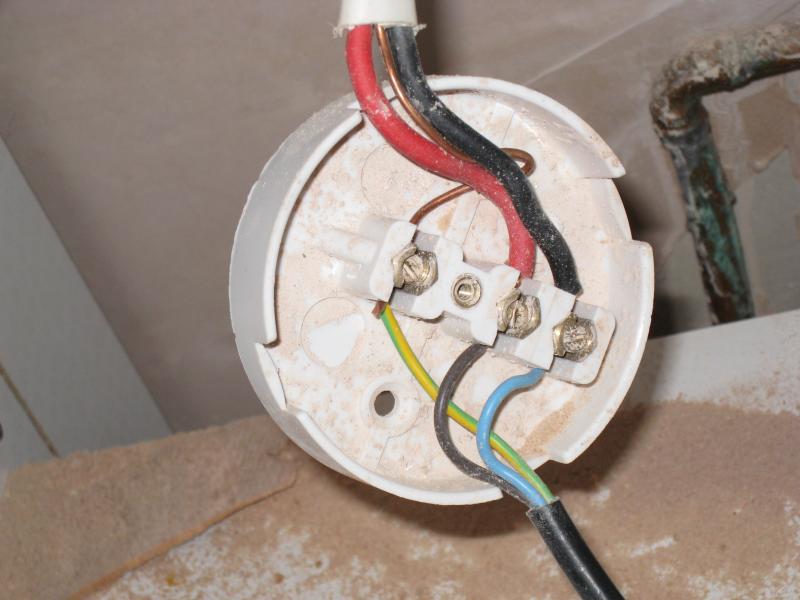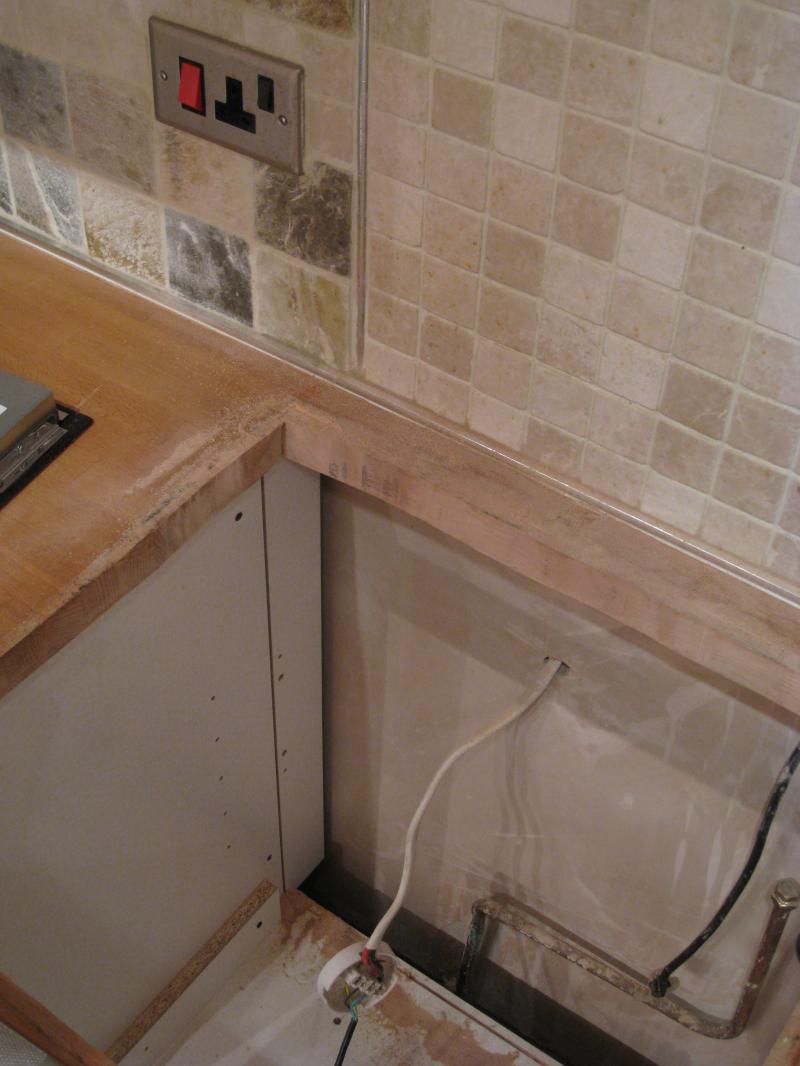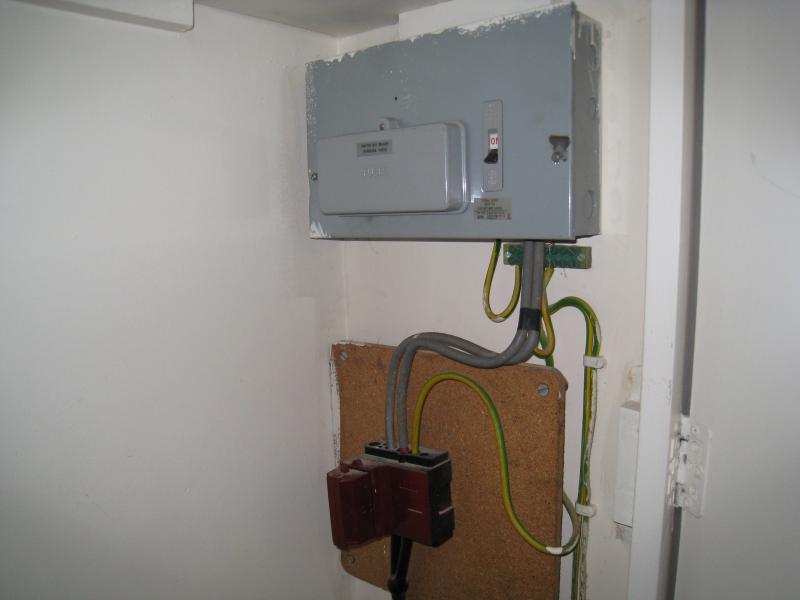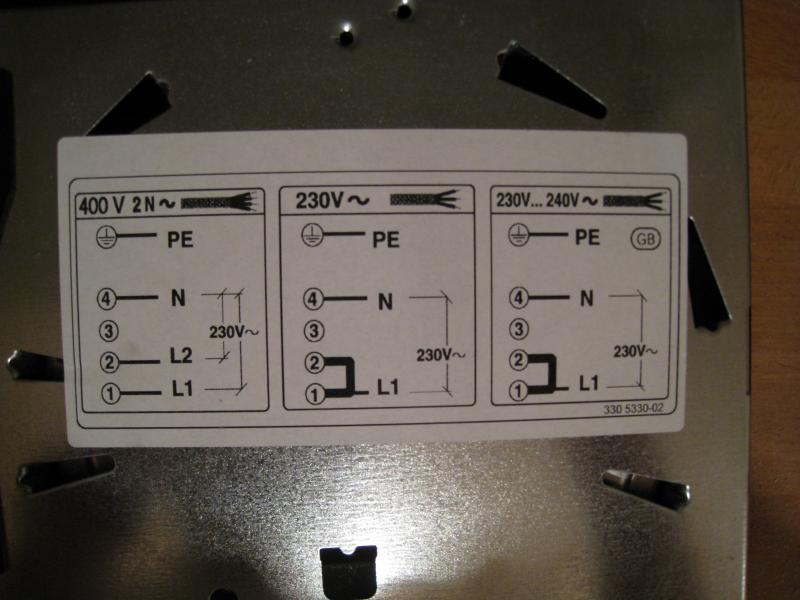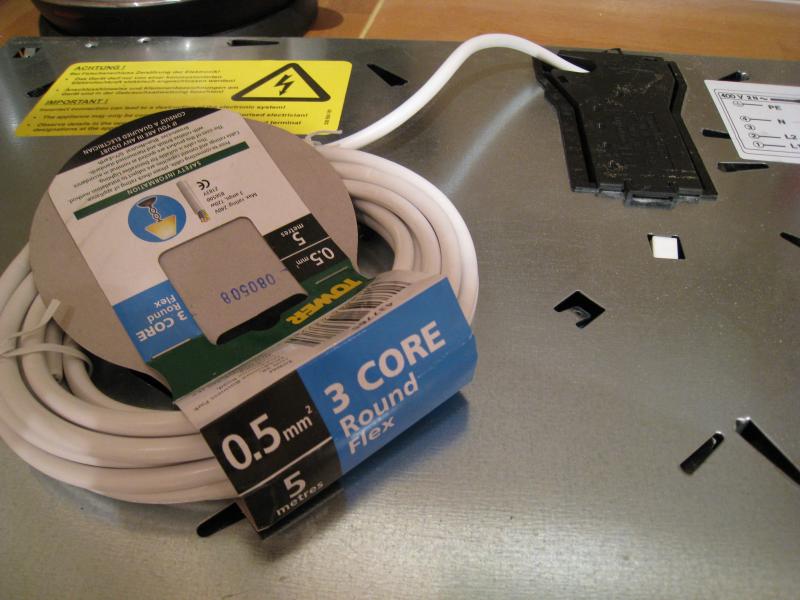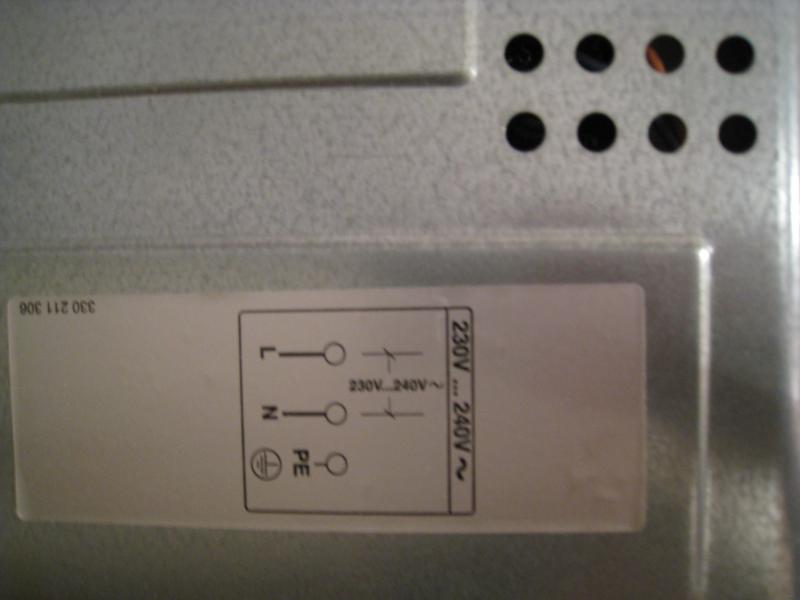A
attractivebrunette
I'm wiring in my new electric hob. I've connected the flex to the hob and just now need to wire the other end of the flex into the mains.
There is a mains flex coming out of the wall. However, it's currently being used for the electric cooker. The appliance flex joins to the main flex using a round junction box in the picture (PICTURE BELOW)
My question is, can I somehow also wire my electric hob into the same supply, by using a 2 - way junction box instead of the one I already have in the picture? Is there such a thing as a 2-way junction box?
In other words, I want the mains flex to go into the junction box and there will be two 'outs' to wire appliances in, one for the cooker and one for the hob.
I'm assuming if such a junction box doesnt exist, I could instead terminate the mains into a plug socket, then plug in a two way adaptor, then use plugs on the cooker and the hob? Or am I talking crap?
There is a mains flex coming out of the wall. However, it's currently being used for the electric cooker. The appliance flex joins to the main flex using a round junction box in the picture (PICTURE BELOW)
My question is, can I somehow also wire my electric hob into the same supply, by using a 2 - way junction box instead of the one I already have in the picture? Is there such a thing as a 2-way junction box?
In other words, I want the mains flex to go into the junction box and there will be two 'outs' to wire appliances in, one for the cooker and one for the hob.
I'm assuming if such a junction box doesnt exist, I could instead terminate the mains into a plug socket, then plug in a two way adaptor, then use plugs on the cooker and the hob? Or am I talking crap?
Untitled
- attractivebrunette
- 1


